Bad Bunny released his sixth solo studio album, titled “Debí Tirar Más Fotos,” on Jan. 5, which translates to “I should have taken more pictures.” On Jan. 20, President Donald Trump took office and launched a federal effort aiming to track, arrest and ultimately deport immigrants without legal status.
These two occurrences create a visual dichotomy in the United States and all of Latin America. The Boricua artist displays pride in his culture and his Latinidad and asserts to everyone that he remembers people who were assassinated in Puerto Rico for displaying the Puerto Rican flag, but despite that, or even because of that, he carries his flag wherever he goes. On the other side of this prideful stance, the president of the country with the largest army in the world, the largest economy and the most influential culture worldwide, worsens the treatment of Latine immigrants in the U.S.
Currently, according to a College Factual report, Saint Louis University’s Latine population is under 800 students, representing around 6.1% of the total student population. By Feb. 5, Trump’s administration had deported over 4,700 people, which means that at this rate, statistically, it is certain that at least one SLU student will be deported by the end of the year. It would not be the first time SLU students are affected by immigration laws not being applied constitutionally, as written by The University News here.
It would be one thing to have this discussion if Trump’s administration were exclusively targeting people with convictions, but there have been multiple reports that this is not the case. Illegal immigrants without any convictions, undocumented immigrants who were going to work and were surprised by a task force from U.S. Immigration and Customs Enforcement (ICE) to arrest them, and immigrants and refugees with lawful permission to stay in the country, all have had reports of arrests and deportations.
There are also alarming reports of Trump’s administration requesting daily arrest quotas of 1,500 arrests for ICE agents. This has led to the arrest of documented immigrants who were completing their duty and reporting their lawful documentation and permissions to ICE stations, despite their papers being in order. Families are being separated, kids are being left without parents, studies are being interrupted, as well as dreams of a better future.
Bad Bunny’s lyrics in “Debí Tirar Más Fotos” did not shy away from criticizing the controversial ways in which the U.S. has conducted its affairs in their annexed territory. Although starting the album by praising the city of New York with the song “NUEVAYoL,” later in the record he starts creeping towards his main point. At first, with “TURiSTA” he draws a parallel between a toxic relationship in which someone does not care enough to offer support to their partner. This mirrors the way tourists go to the island of Puerto Rico to have a good time, not paying enough attention to what Puerto Ricans might need.
One practical example is the frequent energy shortages that the island suffers. Most hotels have power generators so the tourists can enjoy their time on the island, , while most Puerto Ricans have to endure it.
His main point with the album becomes more clear with the song “LO QUE LE PASÓ A HAWAii.” The lyrics tell the tale of the culture in Hawaii being erased after becoming a state of the U.S. and connects it with controversial policies like the Act 22 of 2012 that voids taxes from U.S. born people who move to Puerto Rico. This does not benefit Puerto Ricans.
The artist sings, “H iere there’s no one who wanted to leave, and those who left dream of coming back / If someday I have to go, it will hurt me so much,” and “They want to take from me the river and also the beach, they want my neighborhood, and that granny, and your kids to leave.” Here he is referring to the resorts and real estate constructions that are privatizing parts of the island, especially the access to the beach and sea.
His hardest criticism comes with the song “LA MuDANZA,” the closing song of the album. He calls out the historical side of the island by singing, “They killed people here for displaying the flag. That’s why I take it with me wherever I want to, damn.” He is referring to the Gag Law from 1948 which made it illegal to display a Puerto Rican flag. He even tells his people what to do if he dies: “Put over my casket the light blue flag,” which is a reference to the flag created by Puerto Rican immigrants in Manhattan in 1895.
The light blue flag was created to represent Puerto Rico as a self-governing nation, rather than a colony of the U.S. The last verse of the album is Bad Bunny confirming, “No one will take me from here, from here, I will not move / Tell ‘em that this is my house, where my grandpa was born. I am from P fuckin’ R.”
While Bad Bunny assures everyone he will not be removed, the immigrants who have been removed from the U.S. account for emotional and physical abuse on the flights back to their countries. So far, The New York Times, Reuters and local news outlets have reported that deportees from Brazil and Colombia have witnessed and/or suffered abuse from plane escort officers. The Brazilian government has demanded explanations on the treatment of its 88 January deportees after reports of all male deportees being handcuffed inside the aircraft, which presented technical issues with the engine and no AC for a large part of the flight.
On Jan. 29, Trump’s administration agreed to discuss with Brazilian officials the conditions on how to treat the deportees. Although, it remains uncertain whether this conversation has happened. According to Brazil’s president Luiz Inacio Lula da Silva, it is imperative that the deportees have “a minimum of dignity and that their fundamental rights are respected.”
On Feb. 5, the Brazilian president reiterated that the federal government is mobilized to ensure the fair treatment of Brazilian deportees. Despite that, it is still uncertain whether the conversation between the two countries’ officials ever took place.
I have since moved back to Brazil after graduating from SLU. I am safe from any threats of deportation here, but I frequently wake up to Instagram stories of my Latine friends posting about how to behave if ICE knocks on your door. These tips are to help immigrants prepare if these officers come to your house, ranging from simply avoiding answering altogether, to answering in a manner that would be useful in court, if you get arrested and have the chance to appeal the deportation process. They warn about common tricks used by ICE officers, such as administrative warrants being presented as judicial warrants, the difference being the former does not allow for home searches — so you don’t have to let them in at all — ICE agents impersonating police officers or speaking in Spanish, in a clear attempt of targeting Hispanic immigrants especially.
It is unfortunately common to see my Latine friends posting on social media reports of ICE units in neighborhoods and regions in St. Louis that I used to frequent. Those places felt somewhat like home because I would see people like me there, such as the Metro East area, O’Fallon, Gravois region and especially Cherokee St. Now, those previously safe communities are being infiltrated by ICE.
Of course, not every report on the subject is bleak. All over the country, sanctuary cities have been popping up or reassuring their position. Minneapolis mayor, Jacob Frey, said, “As for cooperation with ICE, the answer’s no.” In St. Louis, immigrant groups opened an ICE activity hotline to share information with the community. These activist acts are much more direct and solid in the fight against the persecution of Latines around the U.S., but that does not mean that Latine culture is less important. The inhuman conditions in which Trump’s administration conducts the arrests and deportations, especially with Latines, who represent seven of the top ten countries for deportation in the U.S., are a great reason why Bad Bunny’s album is important.
Although Bad Bunny’s lyrics do not tackle deportation directly, for Latine immigrants like me, who lived or still live in the U.S. it is very easy to relate to the sensations that he expresses through the text and the sound. For many immigrants, even if not Latines, the choice of going to the U.S. legally or not, or staying home is actually someone betting that they will achieve a better life. Especially in the Americas, where we are so close to the U.S., we import U.S. ‘s culture and we too buy into “The American Dream”, but the catch is that this dream was never dreamt for us south of Texas. So when Bad Bunny sings that no one wanted to leave, and those who did dream of coming back, he is addressing all Latine immigrants in the U.S., because we all want(ed) to come back with something to show for our time abroad. And it is already hard to do so because of the bureaucracy, but impossible to do so if you get deported. Data suggests that the album has sparked huge interest in the Latine community in the U.S. when showing that from the 10 cities in the country that searched the most on Google for the album, 9 are places in states with huge influx of Latine immigrants, California, Texas, Florida and New York.
So even though it might seem a little naive to think that an album has any importance in the face of the violent policy of deportation being employed in the U.S., truthfully, not many people have paid attention to Latine culture unless they were Latines themselves. And if that is what it takes to make people think about the neocolonial and inhuman policies the U.S. is employing, in LATAM and to Latines in the U.S., then a song about dancing salsa with your loved one should be celebrated.
Bad Bunny and his album deserve to be recognized for his production of amazing songs, being a record-breaking artist and for garnering the first genuine attention Latine culture has received from the rest of the world. This is especially important for citizens born in the U.S. to acknowledge, as the resistance hymn it is already becoming. No matter the reason why someone starts listening to the Bad Bunny, the important part is that they listen and pay attention to what is happening all over the country to our community.
All content under the opinion section is not a direct reflection of The University News, but expresses the opinion of the writer, not necessarily the organization as a whole.




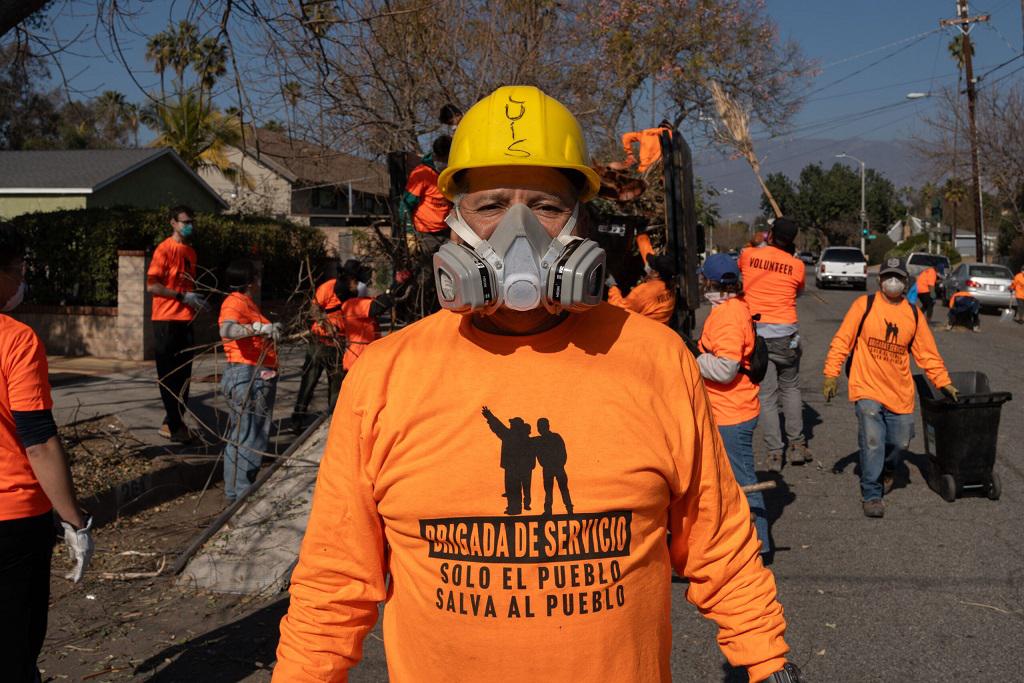

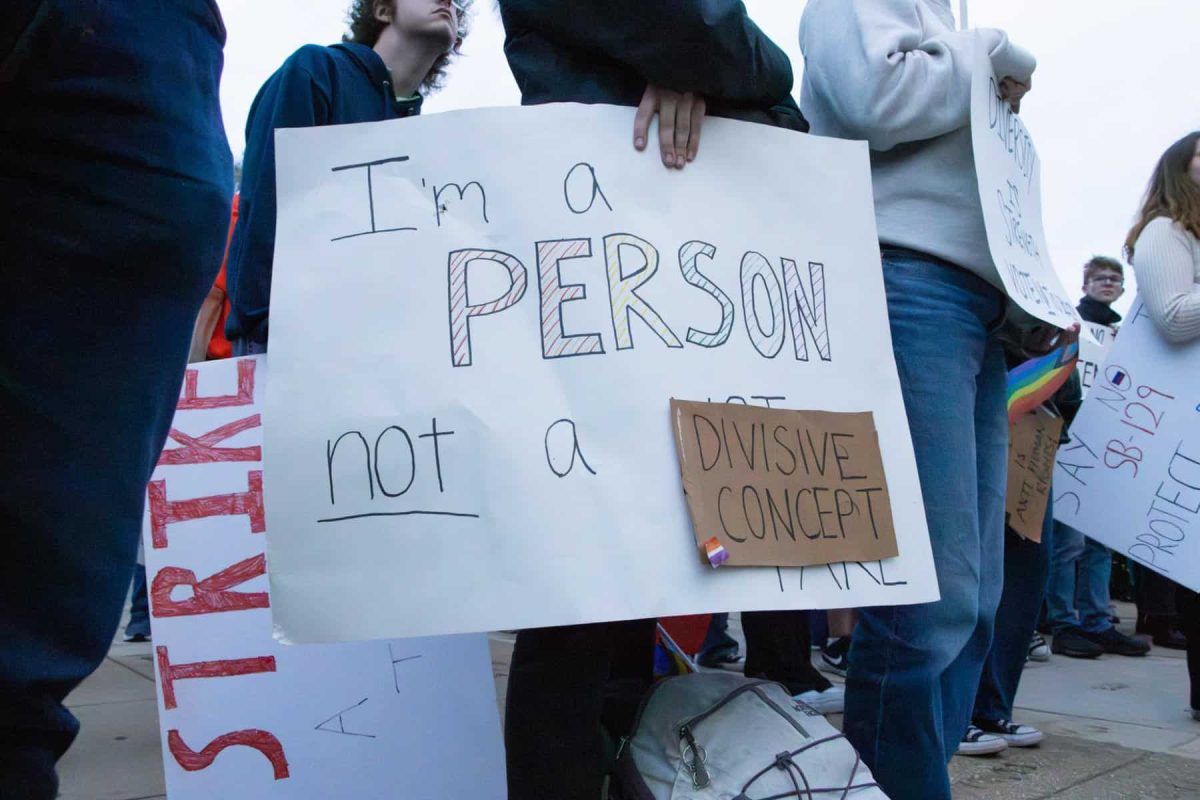
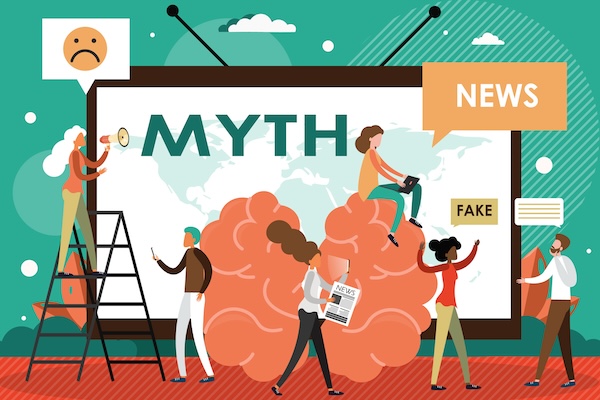
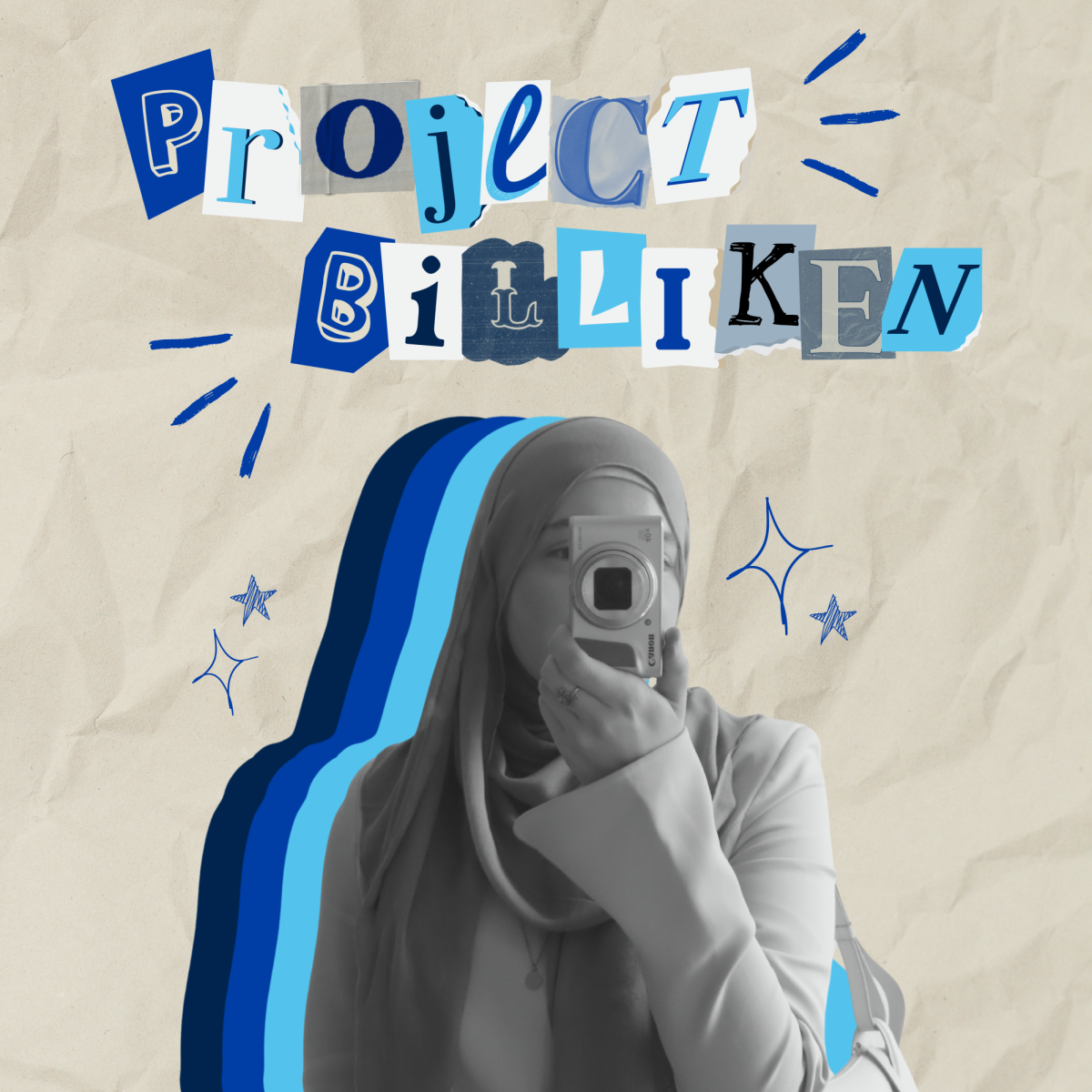
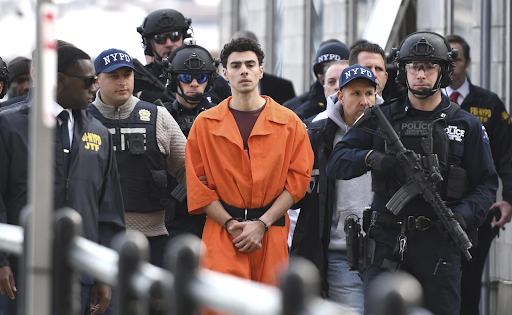
E Guimaraes • Feb 25, 2025 at 1:58 am
The real question is WHAT HAS BAD BUNNY done to help the situation in PR ? besides singing about it ? He should donate all his financial earnings to help his fellow Puerto Ricans.
There’s plenty of wealthy PR artists, Jennifer Lopez, Marc Anthony, Ricky Martin just to name a few , all of these celebrities could contribute to help Puerto Rico.
Klara • Feb 25, 2025 at 2:55 pm
Gracia weeeepaaaa eso es ,asi mismo
Damián • Feb 27, 2025 at 1:40 pm
You’re asking the wrong question, friend. Bad Bunny is a singer—he sings about Puerto Rico’s struggles because that is his job. Expecting an artist to solve systemic political and economic issues is misguided. The real questions should be: Why does the U.S. continue to neglect Puerto Rico? Why aren’t the island’s politicians and governors bringing better conditions for the people who live there?
But since you’re so curious about what Bad Bunny has done for Puerto Rico, here’s a quick rundown:
1. In 2019, he paused his European tour to join mass protests demanding the resignation of then-Governor Ricardo Rosselló after corruption scandals (Ricky Martin was also part of these protests). Not only did he march, but he was crucial in mobilizing young people, making them feel empowered to participate in the movement. His influence brought international awareness to the crisis, and he even released a protest anthem, Afilando los Cuchillos, alongside Residente and iLe, which became the soundtrack of the revolution.
2. Bad Bunny has consistently used his platform to fight against transphobia, gentrification, and colonialism, directly calling out U.S. policies that harm Puerto Ricans. His song El Apagón is a perfect example of this, going beyond music to become a powerful statement of activism. The music video transitions into an 18-minute documentary, Aquí Vive Gente, directed by journalist Bianca Graulau, exposing the worsening blackouts under LUMA Energy, the displacement of locals due to foreign investors and Act 60, and the ongoing struggle against colonial exploitation. Through historical references, local testimonies, and a direct call to action demanding accountability, he continues to amplify Puerto Rico’s struggles on a global scale.
3. His music celebrates Puerto Rican identity, educates listeners on the island’s history, and brings global attention to its struggles. His latest album, besides paying homage to Puerto Rico’s diverse music genres—including but not limited to pop and reggaeton—also intertwines historical narratives with modern political commentary, created in collaboration with historians to educate listeners about the island’s colonial past. He even recorded songs with Puerto Rico’s National Music School to further preserve and promote local culture.
4. His concerts boost tourism, bringing in millions to local businesses. His “No Me Quiero Ir de Aquí” 30-show residency at the Choliseo alone is expected to generate $200 million for the island’s economy, creating jobs and benefiting hotels, restaurants, and retail stores.
And last but not least, if you want to talk about money, let’s talk about money: In 2021, he founded the Good Bunny Foundation, a nonprofit dedicated to helping underprivileged children and youth in Puerto Rico. The foundation provides musical instruments, art supplies, and sports equipment to kids across the island, ensuring they have opportunities to develop their talents. It also organizes gift-giving events, distributes resources to schools, and funds educational and recreational programs. In 2023 alone, the foundation awarded nearly $1.8 million in grants, directly supporting local communities.
So no, he doesn’t have to donate all his earnings—that is not his obligation. Yet, he’s already contributing in ways that create lasting impact. Meanwhile, where’s your outrage toward the politicians and corporations actually responsible for the island’s struggles?
If you’re going to demand action, direct it at the people with actual power to change the system. Don’t be a hater!
María Candina • Feb 24, 2025 at 4:12 pm
Me encantó este documental. Yo pienso que Puerto Rico estaría muy, muy bien si fuese un país independiente – no conozco un Boricua que no ame a su tierra. Entre el Jones Act, y otras pólizas más, los Estados Unidos les quita más que lo que les da.
Gabriel Olmiro de Castilhos • Feb 25, 2025 at 8:14 am The University News Pick
Muchíssimas gracias por leer mi texto, María! Me quedo muy contento que le gustó. He hablado con muchos Boricuas y pienso el mismo por lo que escuché de ellos. Que en el futuro PR se haga libre!